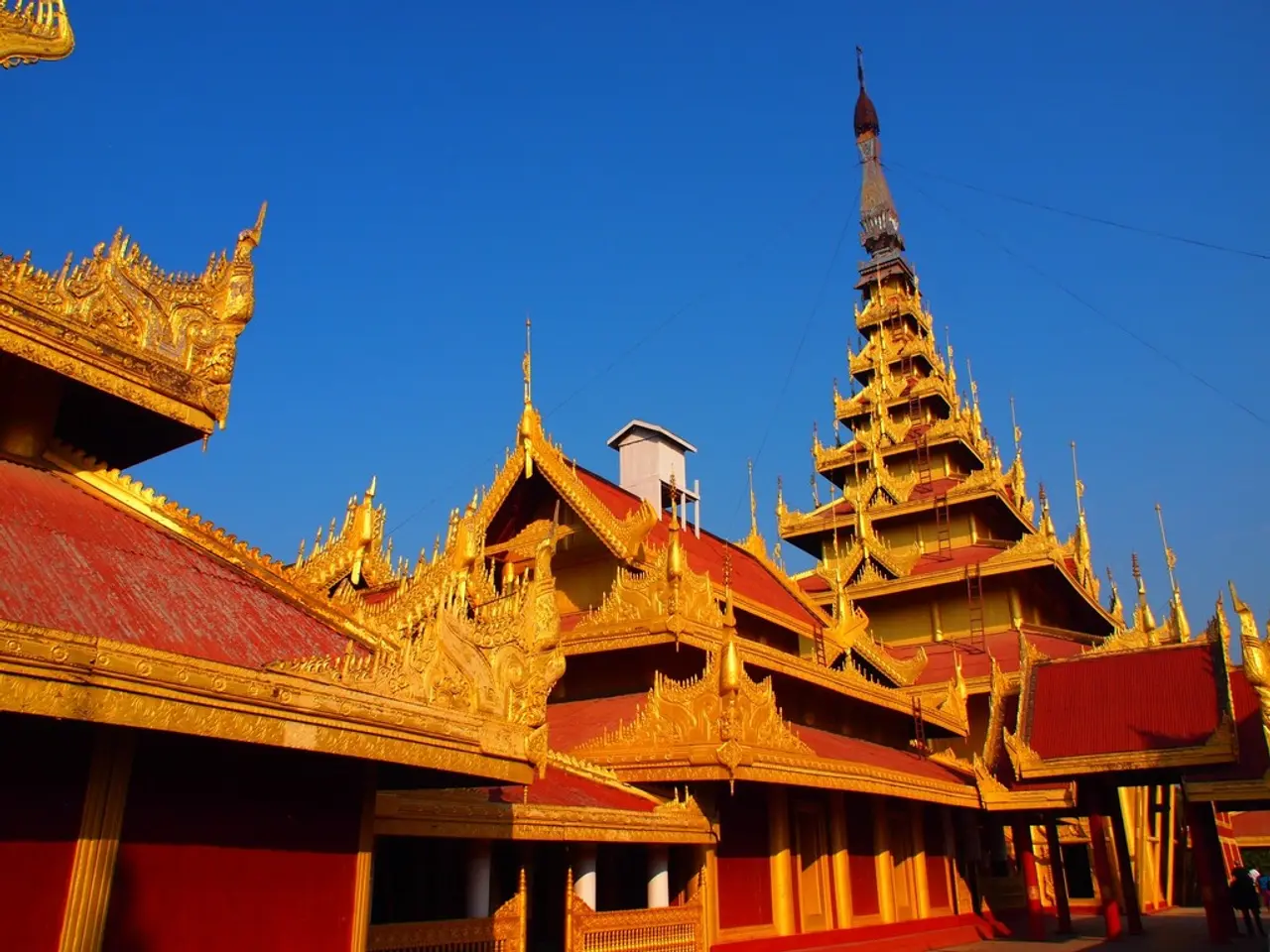Earthquake Aftermath in Myanmar: Weekly Update
In the aftermath of the devastating 7.7-magnitude earthquake that struck Myanmar on April 4, 2025, the focus of international aid organisations has shifted towards addressing urgent medical needs, providing essential supplies, and supporting long-term recovery in the most affected areas, including central Myanmar, Mandalay, Sagaing, and Southern Shan State.
Before the disaster, Myanmar was already one of the poorest countries in the world, with 15.2 million people suffering from hunger. The earthquake has exacerbated the situation, resulting in over 3,700 deaths, thousands injured, and massive destruction of critical infrastructure such as health facilities and homes. Many health centres were damaged or overwhelmed, limiting access to medical care.
The affected population faces ongoing challenges including medical care for injuries, mental health support, prevention of infectious diseases (such as dengue fever and measles), access to clean water, and psychosocial support. Continued aftershocks and inaccessible remote areas complicate aid delivery. Funding constraints also hamper recovery efforts.
There is a high vulnerability among women, children, and displaced families, exacerbated by pre-existing conflict and humanitarian needs in Myanmar.
In response to the crisis, several international organisations are actively engaged in the emergency response. Welthungerhilfe, one of the largest private aid organisations in Germany, has begun initial distributions of aid with local partners in Myanmar. Although Welthungerhilfe's specific involvement is not detailed in the current search results, the organisation is known for offering everything from fast disaster relief to long-term development cooperation projects with national and international partner organisations.
International Medical Corps has deployed a mobile Emergency Medical Team providing direct medical and mental health care, treating over 1,400 patients and supporting local partners with supplies such as antibiotics and medical equipment. They have shifted towards longer-term health support through mobile medical units.
Plan International Myanmar is delivering humanitarian aid in ten townships of Mandalay and Sagaing, reaching nearly 35,000 people with a focus on vulnerable women and girls. They coordinate with local authorities and civil society for effective aid distribution and are beginning early recovery efforts.
UNODC supports urgent relief and long-term psychosocial support in Southern Shan State, partnering with local Civil Society Organisations to help families rebuild emotionally and physically after the earthquake.
UNICEF has facilitated delivery of over 80 tons of supplies, emphasising protection of children against disease through access to clean water and hygiene promotion, critical in preventing outbreaks of waterborne illnesses and malnutrition.
As the death toll from the earthquake continues to rise daily, there is a risk of epidemics such as cholera due to the collapse of the water supply in Myanmar. Donations are still urgently needed due to the scale of the need in Myanmar. Local restaurants will also be supported to provide hot meals for the earthquake survivors in Myanmar.
Welthungerhilfe follows the principle of empowering people to help themselves to sustainably improve their living conditions. Many survivors in Sagaing are sleeping in the open. Henry Braun, Welthungerhilfe's Country Director in Myanmar, is available for interviews in Mandalay.
The support provided by Welthunghilfe is expanding to survivors of the earthquake. Since its founding in 1962, Welthungerhilfe has supported 12,128 overseas projects in about 72 countries with 5.07 billion euros. The ceasefire announced by the government and rebel groups in Myanmar could facilitate access to people in need and save lives.
In response to the increased need, Welthungerhilfe has doubled its emergency aid to 200,000 euros for the earthquake victims in Myanmar. However, many areas in Myanmar remain inaccessible due to destroyed roads and bridges, making aid delivery a challenging task.
Welthungerhilfe strives for a world without hunger and is committed to supporting earthquake-affected communities through medical aid, psychosocial support, and essential supplies as part of a coordinated relief and recovery operation.
- Welthungerhilfe, a prominent international aid organization, offers services that range from immediate disaster relief to long-term development cooperation projects, aiming to provide emergency aid in the aftermath of the tragedy in Myanmar.
- Aside from emergency medical care and mental health support, there is an urgent need for prevention of infectious diseases such as dengue fever and measles, access to clean water, and psychosocial support in the affected areas.
- To address these needs, organizations like International Medical Corps have deployed mobile medical teams, supporting local partners with essential supplies and shifting towards longer-term health support through mobile medical units.
- Development cooperation projects, like those carried out by Welthungerhilfe, also focus on lifestyle improvement through access to food and drink, aiming to bolster the overall health and wellness of the affected population.
- Ultimately, to prevent further crises and improve the overall living conditions in Myanmar, collaboration between various organizations, governments, and civil society is crucial, encompassing areas like environmental science, politics, and general news.




